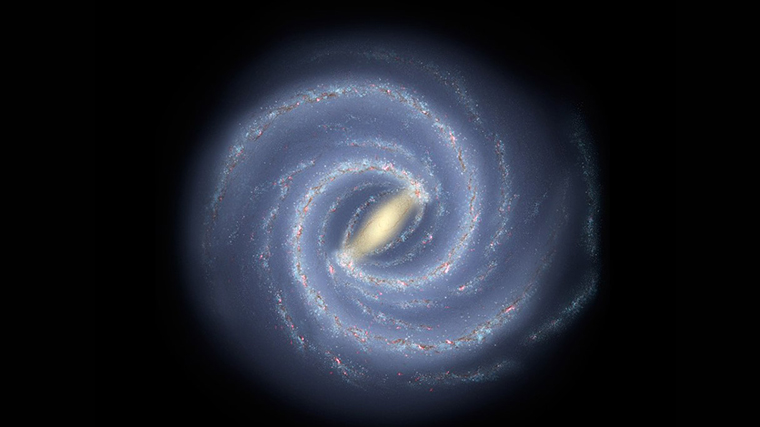The “Mice” galaxies (NGC 4676A and NGC 4676B) are two heavily distorted spiral galaxies located in the constellation Coma Berenices, 300 million light-years away from Earth. They earned their name from their long bluish “tails,” which make them resemble mice.
A 160-Million-Year Collision
These galaxies have been colliding for 160 million years and will eventually merge into a single elliptical galaxy due to gravitational attraction. The term “colliding” is somewhat misleading, as there’s little physical contact; the average density of galaxies is incredibly low. However, Changes in galaxies are dramatic due to long-term gravitational “tides” that are created by the relative difference between the gravitational pull of the near and far parts of each galaxy.
In photos of the “Mice,” the cores of the galaxies remain relatively stable and spherical, consisting of mature main-sequence stars. The core has a yellowish hue, and the stars within it are in strong gravitational cohesion.
However, the peripheries of the galaxies are severely distorted due to gravitational interactions, turning spiral arms into long “mouse-like tails.” This same interaction stimulates the formation of new, bluish stars at the periphery.
Looking at the overall appearance of the galaxies, it’s clear that the gravitational interactions between them are intense, causing their spiral arms to unwind into elongated tails resembling mouse tails.
Gravitational interactions at the edges of each galaxy have triggered the birth of new, young, and hot stars with a bluish tint. For example, take a look at the upper right “tail” of the left galaxy, where this is especially noticeable.
Credit: NASA, ESA, Hubble. Processing William Ostling
And Only One Mouse Will Remain
The merger of these galaxies is imminent: there is a lot of material between their cores that is gravitationally bound to both. Over time, the cores will draw closer and eventually merge into one. This will take hundreds of millions of years, and by that time, we will be gone.
As for the “tails,” they may either return to the new core, becoming part of the new elliptical galaxy, or remain as a halo around it if their kinetic energy is sufficiently high.
The “Mice” are interesting not only for their beauty but also because their fate foreshadows the future encounter of the Milky Way with the Andromeda galaxy.
Banner image: NASA, Holland Ford (JHU), the ACS Science Team and ESA
Image credit:
https://supernova.eso.org/
https://science.nasa.gov






